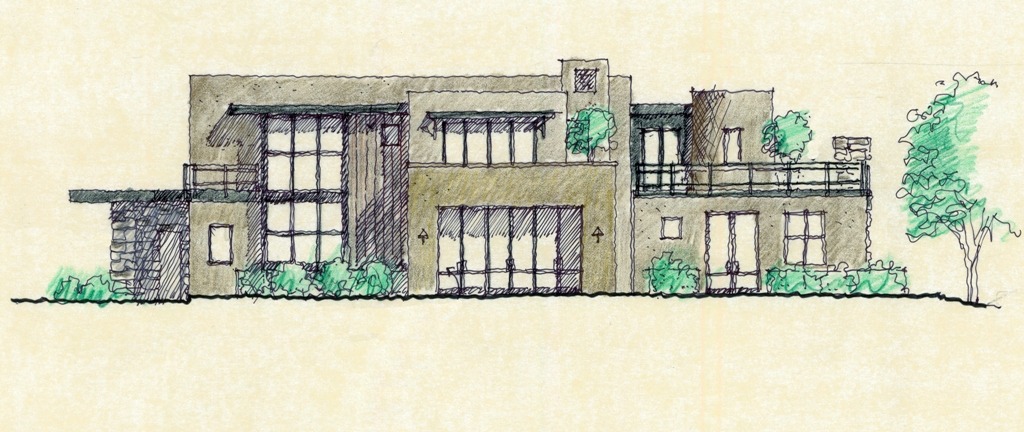Lois Conner’s new book of photographs is a monument to 30 years of transformative change in Beijing.
Even her images’ forms are monumental – because she shot them with an oversized camera.
“In the beginning, I used a 19th-century Korona banquet camera, but then I had one made,” she says. “Instead of 35 mm, this is a lot bigger – the negative is seven inches by 17 inches long.”
It looks a little like an accordion, she says, and it’s slightly longer that the book, which stretches out to 15 ¾ inches and stands a diminutive eight inches tall.
The physical properties of the book are interesting, but not nearly as much as the 169 pages of duotones inside, many of them fold-outs.
Conner’s work captures a three decades in the life of a city and a culture that’s been constantly reinventing itself for 5,000 years.
“I want people to be curious about Beijing and how it’s gone through so many transformations over the millennia,” she says.
Here are images of the ruins of the Manchu-Qing dynasty’s Garden of Perfect Brightness, juxtaposed with the ultra-modern “Birds-Nest” National Olympic Stadium. Panoramic images of ruins abound, alongside others of everyday life and flawless details of a living city. Many were inspired, she says, by the horizontal panoramas of J. M. W. Turner’s paintings.
She’s been travelling to China since winning a Guggenheim Fellowship in 1984 to photograph the Karst limestone formations there. She’s been back every year except 1989, when tanks rolled into Tiananmen Square.
Obviously, she’s come to embrace the nation and its people.
“I have a life there – I have friends in different cities, and I have a world there,” she says.
And it’s not just the city itself that’s changed over time.
“There are 30 years of my life in that book,” she says. “I went through transformations, too, as an artist.”
It shows, on every panoramic page.
[slideshow id=1220]

